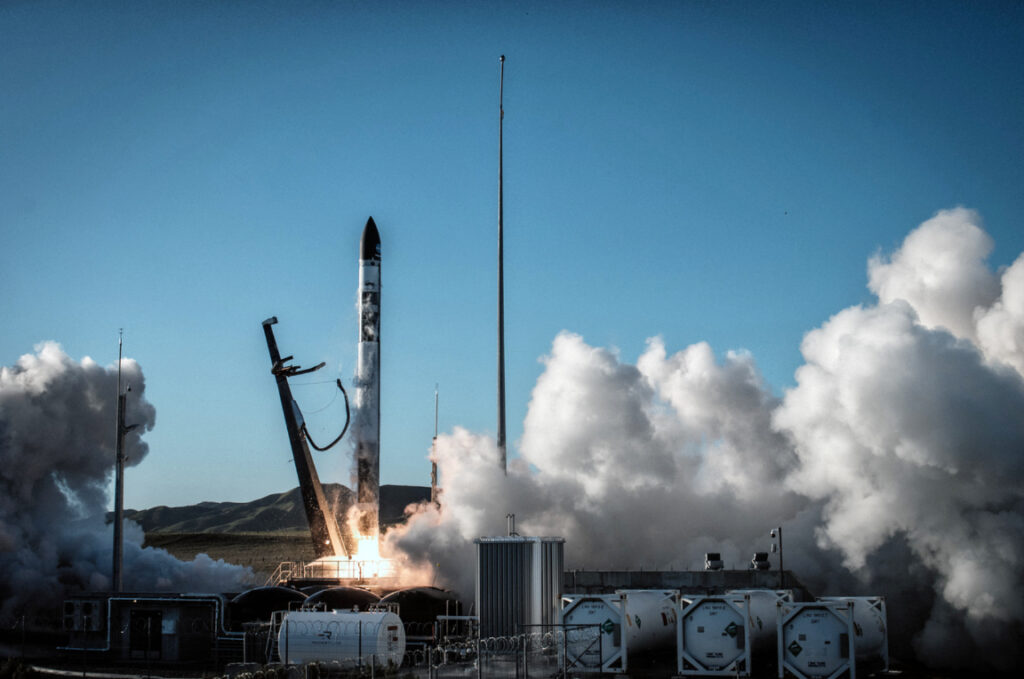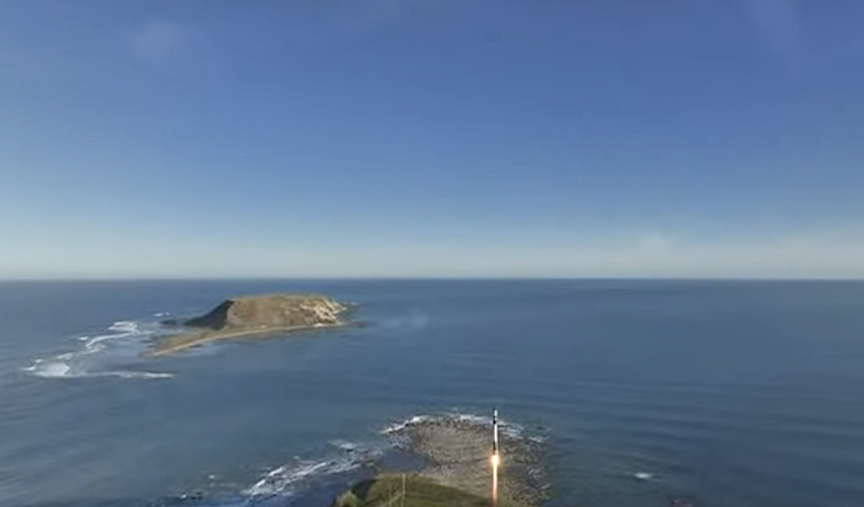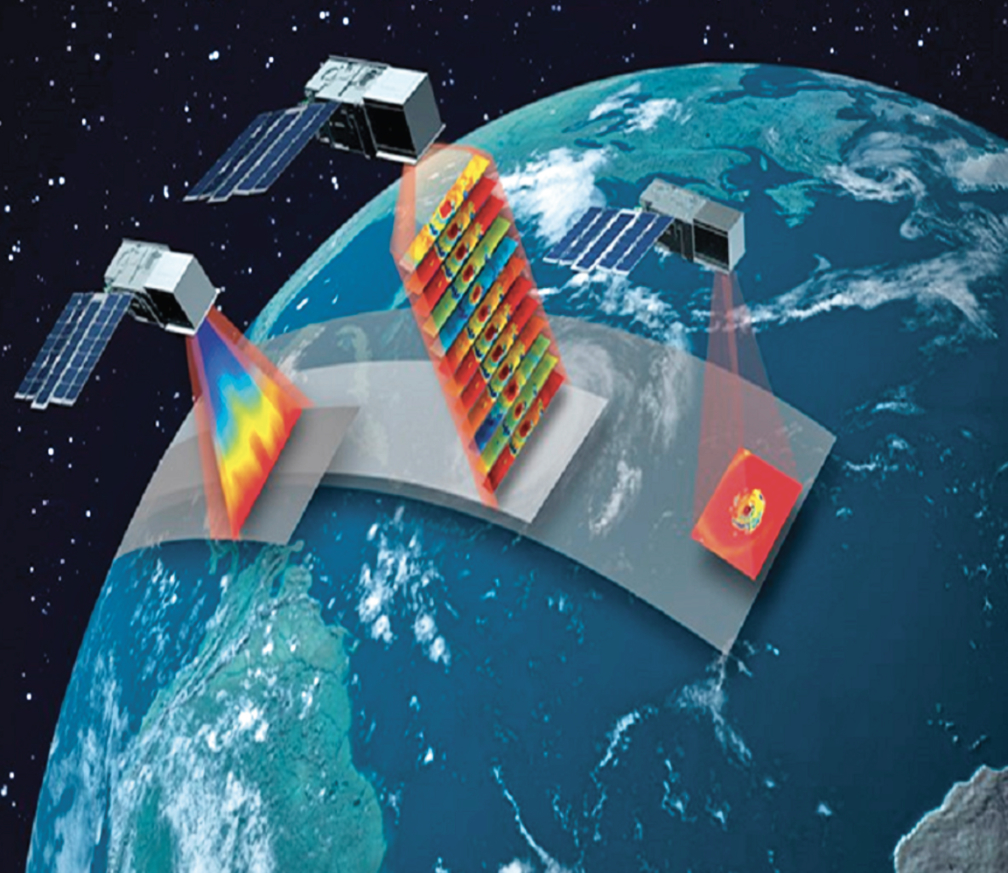

UPDATE: Rocket Lab USA, Inc. (Nasdaq: RKLB), a launch and space systems company, successfully launched the second of two dedicated Electron launches to deploy a constellation of storm monitoring satellites for NASA. This mission, named Coming To A Storm Near You, launched May 25, and Friday, May 26, 2023 NZST from Launch Complex 1 on New Zealand’s Mahia Peninsula.


Similar to the previous launch on May 8th, 2023 — Rocket Like A Hurricane — a pair of shoebox-sized satellites were passengered to LEO and they will collect more tropical storm data, more frequently, than other weather satellites already on-orbit.
The TROPICS CubeSats were launched to a specific 550 kilometer altitude orbit and with an inclination of about 30 degrees, as all four of the NASA TROPICS satellites must be deployed into their operational orbit within a 60-day period, just ahead of the 2023 North American storm season that starts in June.
Coming To A Storm Near You wast Rocket Lab’s fifth Electron mission for 2023 and the Company’s 37th launch overall launch since the firm’s first, Electron launch in 2017.

Image is courtesy of MIT Lincoln Laboratory.
The TROPICS launches follow on from previous, successful, Electron missions for NASA, including the ELaNa-19 mission and the CAPSTONE mission to the Moon.
“The TROPICS constellation has the potential to save lives and improve our knowledge of deadly storms, so we’re immensely proud to be part of making it possible. With one pair of TROPICS satellites now safely in orbit, we’re pleased to be back on the pad just two weeks later ready for the next launch. Regular and reliable dedicated small sat launch is what we developed Electron and our launch sites for, so it’s a great feeling to be delivering on that
for NASA.”
— Rocket Lab founder and CEO, Peter Beck
